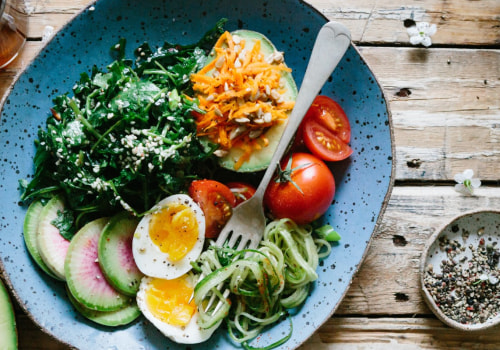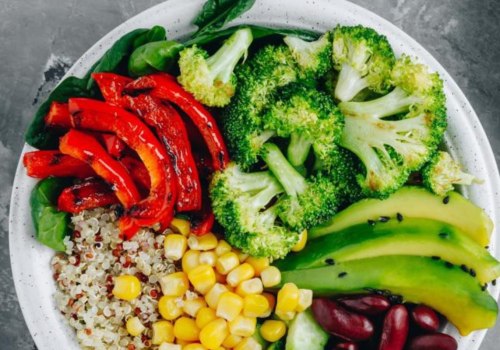Biological determinants such as hunger, appetite and taste. Economic determinants such as cost, revenue and availability. Physical determinants, such as access, education, and skills (for example, taste preferences), are often cited as the main motivators of people's food choices (Drewnowski, 1997; Drewnowski and Levine, 2003; Drewnowski et al. While sweet and savoury taste preferences appear to be innate, other preferences are clearly influenced by early exposure.
The evidence reviewed by the committee included social and environmental factors that may influence taste preferences. A review of research on taste preferences includes evidence that the foods a woman consumes during pregnancy and breastfeeding can influence the baby's early taste experience (Birch, 199). However, it is not clear that such exposure has a lasting impact on the baby's later taste preferences, given the number of social and environmental factors that may influence the development of those preferences during infancy and childhood (Birch, 1999; Devine et al. Cultural influences influence diet choice and food preparation: Evidence has shown that traditions, beliefs and values are among the main factors that influence preferences, the way food is prepared and nutritional status.
Food prices vary over time due to changes in the availability of raw material supplies, changes in production costs at the agricultural level, and changes in food processing costs (p. (e.g., in a review of cross-sectional studies on associations between the food environment and consumption), Rose and her colleagues (20) identified a series of studies that combined measurements in stores with the mapping of the location of stores and found important direct associations between the food environment in the neighborhood and measures of consumption. The lack of food and the irregular availability of food during childhood have been found to contribute to the development of poor eating behaviors (p. e.g., over time, there has been a tendency for most food purchases to be made in stores other than traditional supermarkets) (Leibtag, 200).
The authors found that high-calorie foods tend to have a lower price per calorie than foods with fewer calories. Access to food varies substantially from household to household due to the various factors that affect food prices. They found that the East Harlem neighborhood had a shortage of food markets and that some stores didn't sell the food needed for a healthy diabetic diet. The Food Choice Nutrition and Food Service Management Program at Langara College is licensed under an international Creative Commons Attribution-Noncommercial-ShareAlike 4.0 international license, except where otherwise noted.
While there were similarities between the two groups, including time and money limitations in choosing foods, people born in the United States were more likely to buy prepared foods, including fast food, and were less likely to travel to buy the food they wanted. Qualitative and quantitative research conducted by Devine and colleagues (2003, 200) that examined the “impact of work on food choices among workers with low and moderate salaries” revealed that long hours, inflexible schedules, shift work and multiple jobs have an impact on the time and energy available for the purchase and preparation of food. However, Hausman and Leibtag (200) show that the methodology used by BLS to calculate the CPI may exaggerate the price of food, since it does not fully reflect lower prices in supercenters and other non-traditional outlets that sell food. Rose and Richards (200) conducted a secondary analysis of a nationally representative sample of households participating in the Food Stamp Program using data from the 1996—1997 National Food Stamp Program survey.
For example, sweet foods have high sensory appeal and greater palatability, meaning that foods can be consumed for pleasure and not as a source of energy and nutrients. In short, there are multiple factors that affect a household's ability to transform food available for purchase into food that can be consumed. .







Leave a Comment